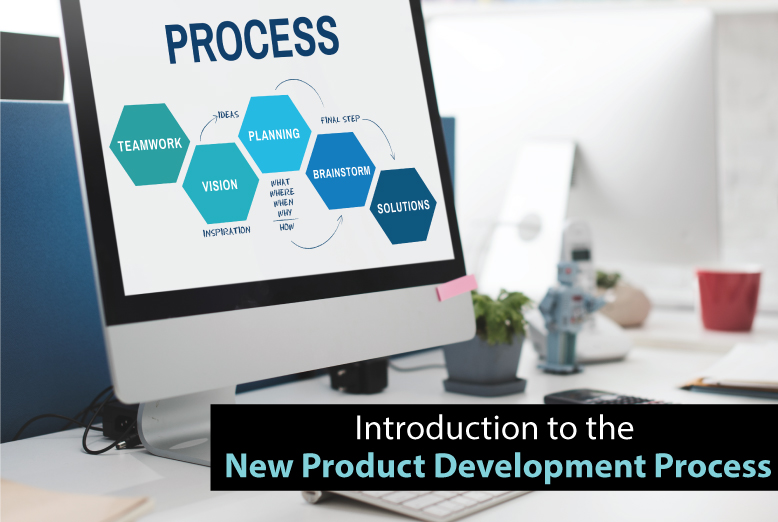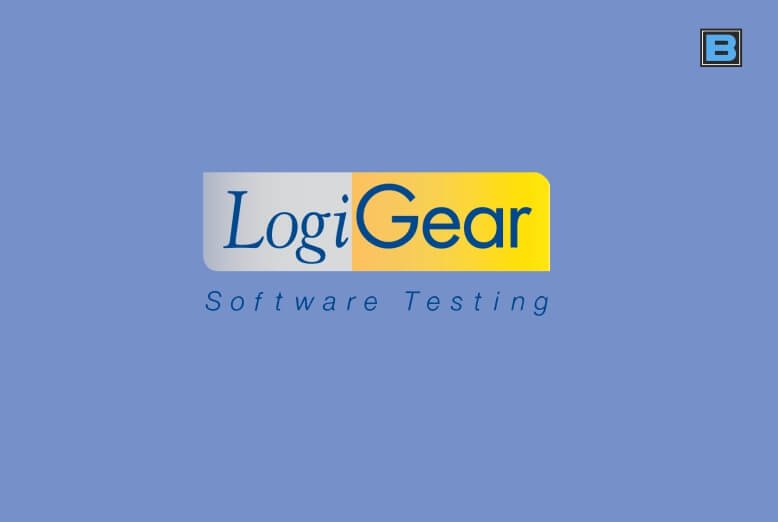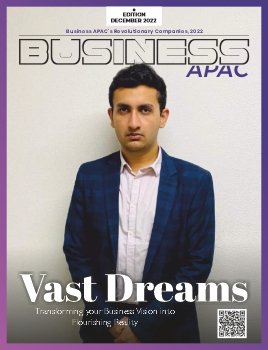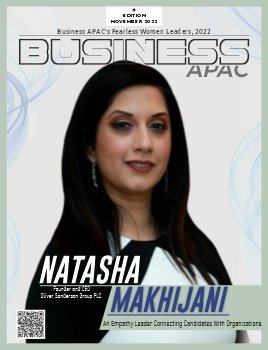Steve Jobs once claimed that Apple didn’t do any market research. However, this wasn’t entirely true, at least not when David Fradin was working with him in the early 1980s.
“It’s kind of funny to me, because when I was at Apple, there were 50 people working in the corporate market-research department doing this: the observations and the interviews and the surveys,” Fradin said. “He was trying to throw a curve ball, in my opinion, to the competitors.”
Fradin and Jobs had a complicated relationship. Fradin is now the president of Spice Catalyst and a professor of product management at WileyNXT. He has written eight books on product development and marketing and, over the past decade, trained about a third of Cisco’s product management team. Back then, he was a group product manager at Apple. He was responsible for launching the first hard disk drive on a PC and later marketing the release of the Apple III.
Tips for the New Product Development Process:
- Spend time on discovery.
- Only release high-quality products.
- Collect usage data.
- Ensure your product is intuitive and easy to use.
The latter project was failing quickly. The executive committee lost confidence in it as a key venture but allowed Fradin to manage it as an independent business unit. Meanwhile, Jobs was managing a more promising project: developing the Macintosh. We all know how that turned out.
- In my opinion, [Steve Jobs] was trying to mislead the competitors.
The point is not about who won or lost but that early market research is crucial to product development. If Fradin is correct, Jobs was subtly misleading competitors.
“So entrepreneurs picked up on that idea: ‘We don’t need to do market research, we’ll just build this thing,'” he explained. “This mindset led many angel investors and venture capitalists in Silicon Valley to adopt the approach of ‘ready, fire, aim.'”
But that hurry to release new features and updates may be short-sighted.
“You can’t develop product features without doing the initial groundwork. Unfortunately, most companies skip this step. That’s why I estimate that about 35 percent of all new products and services fail in the market, resulting in a global loss of about half a trillion to a trillion dollars,” Fradin said.
To avoid failure, a product manager should spend several months upfront to identify personas and understand the problems customers want to solve, also known as “jobs to be done,” a concept described by Harvard business professor Clayton Christensen.
In a Spice Catalyst course called “Product Success Management Training,” Fradin divides the development process into three main phases: product planning, product development, and product marketing. These phases follow a general sequence but continue to cycle as the market changes and users provide new insights.
New Product Development Process
New product development is the process of bringing a new product to market. It starts with brainstorming an idea, checking if it fits the market, refining the concept, creating prototypes, and finally, commercializing the product.
Although it can be a lengthy process that sometimes requires multiple iterations, it ensures that your product is the best it can be before it reaches your customers and meets their needs effectively.
For more insights, visit Linkup Studio.
Let’s look at the different stages involved in new product development.
7 Stages of the New Product Development Process
- Idea Generation
- Research
- Planning
- Prototyping
- Testing
- Product Development
- Commercialization
Idea Generation
The new product development process starts with idea generation, where you brainstorm ideas to solve an existing customer problem in a new way. While coming up with ideas, it’s important to understand your target market and the pain points you aim to solve.
Your initial idea generation stage can start with simple questions like “What if we did this?” These ideas become more developed during the research stage.
Research
Once you have a product idea, the next step is to conduct research to develop it further. Here are some steps you can take:
- Market research to understand current trends in your industry, identify gaps that your product can fill, and determine if there will be demand for it.
- Competitor analysis to see if there are things customers feel are missing from your competitors’ products or services that you can include in your product to better meet your target market’s needs.
During this stage, you can also get early feedback from customers about your ideas before finalizing your product. Surveys are a great way to quickly gather information from existing customers. A tool like Lucky Orange can help you create these surveys. You can ask multiple-choice questions about the types of products they may be interested in or open-ended questions to gain more insight into customer opinions.
This stage may involve some iteration, as your research might indicate that you need to refine your original ideas and adjust your research scope before proceeding to the next stage.
For more information on digital product design, visit digital product design.
Planning
The third stage is planning. Here, you finalize your product idea based on your initial concept and research and start developing plans to bring it to life.
When you finalize your product, you need to plan what you’ll need to create it. For example, if you’re making a physical product, you’ll need to source the necessary materials or find production partners to help with manufacturing.
Planning also involves creating a marketing strategy to promote your product once it’s completed, setting pricing models that make sense for your product, and ensuring that customers will be willing to pay.
It is also important to identify the teams involved in your product development process. This includes marketing teams that will promote your product and any external partners that will help with production.
Prototyping
The prototyping phase involves creating a sample product that serves as a mockup for mass production.
This prototype is often called a minimum viable product (MVP), a basic version of your product. It helps you understand how it works and identify areas that need improvement.
You might create several prototypes and go back and forth between this stage and the testing stage before finalizing the prototype.
For more information on UI design outsourcing, visit UI design outsourcing.
Testing
Before launching your product, you need to test it to ensure it works as advertised and meets customer needs. During this stage, share your prototypes with target audiences and ask for feedback on how the product performs.
You want your product to be tested in real-world scenarios to see what works and what doesn’t. Sometimes, the results will require you to go back and make changes to your prototype.
Product Development
This stage involves creating the final product for commercialization. You will use insights from testing your MVP to make final adjustments to your prototype and then start mass production.
Your product development process will vary based on your type of business. For example, if you run a SaaS business, your software development teams will work to finalize the code. If you create a physical product, you might outsource the production of certain components and assemble the final products in your warehouse.
For more insights, you can watch this video.
Commercialization
The final stage of your new product development process is commercialization, where you introduce your product to the market. This is the result of your brainstorming, research, and iterations, where your audience can finally use what you created.
From Idea to Reality
When you complete your new product development process, you will have turned your brainstorming ideas into a real product or service that solves a customer need. If successful, you will have created a valuable strategy that you can replicate to continuously innovate and create new products, providing customers with the experiences they want.
Also Read: Hiring Remote Employees? Here’s How to Make the Process Simpler




















